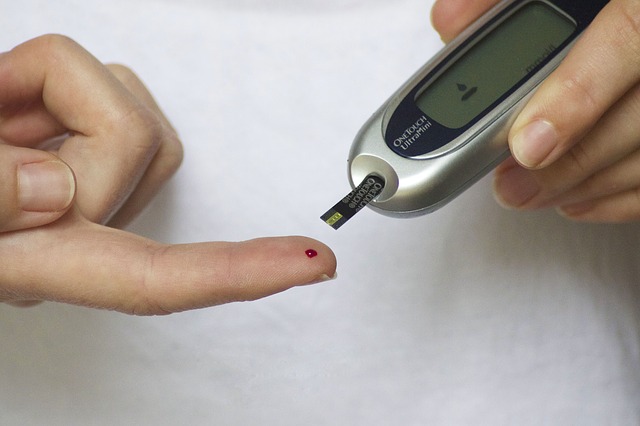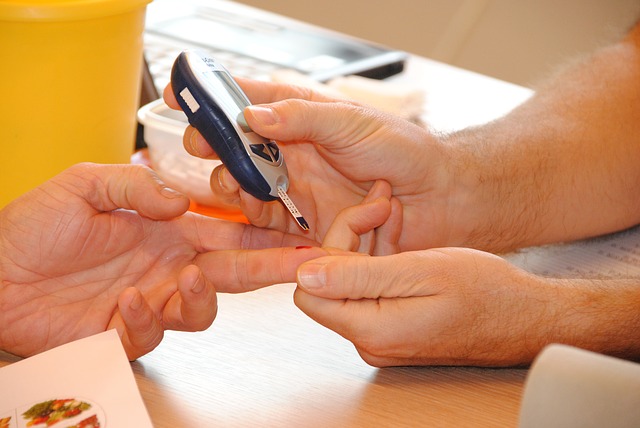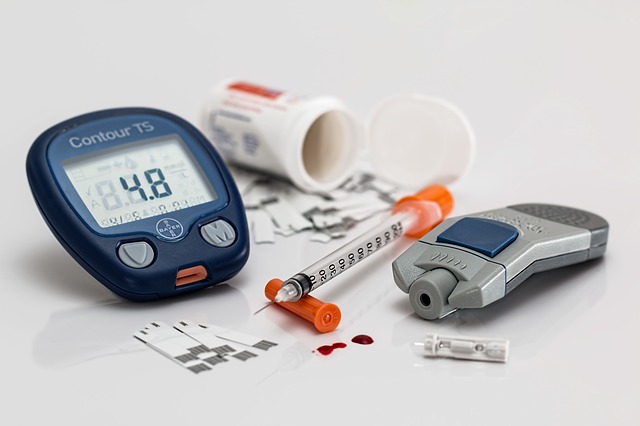Test strips are an essential element in the life of diabetics to monitor and manage their disease. Development of the test strip is the result of chemist Helen Murray Free. It paved the way for the home testing kits that today’s diabetics use. She left a legacy that’s saved countless lives.
Before the invention of test strips to measure blood glucose levels, testing for diabetes meant dropping a reagent tablet in a test tube containing a urine sample mixed with water. The level of sugar in the urine was determined by the color it turned – from dark blue to orange. The problem was that the test detected any sugar, not just glucose.
Free earned a Ph.D. in biochemistry from Western Reserve University and had research experience at the prestigious Cleveland Clinic. She was an employee, along with her future husband, Alfred, at Miles Laboratory. He hired her in 1947 as a quality control chemist for a research team.
The team was successful in making the Clinistix®, the first dip and read test, more sensitive, but they wanted to create a strip that was more convenient and didn’t use a tablet. The solution was found in 1956, but was a labor-intensive process in which the paper filters were cut by hand, dipped into a reagent solution, then dried in ovens.
Free’s research resulted in a major breakthrough that led to a variety of dip-and-read tests for other substances. She wanted a test that provided a real-time reading of glucose levels that urine-based tests didn’t provide. She was successful and Miles Laboratory introduced test strips for blood glucose in 1964 and the meter to read it in 1969 that was invented by Anton Clemens.
The meter was big and bulky, the test strips expensive, and both were only available in doctor’s offices that could afford them and in laboratories. Through the work of Free and future innovation, people with diabetes now have pocket sized glucose meters and convenient test strips for use at home. The first home metering option was introduced about 1981.
Helen Murray Free received many awards and honors for her work. She was born on Feb. 20, 1923 in Pittsburgh, PA and died at the age of 98 on May 1, 2021 in Elkhart, IN.
If you would like to find out about earning cash for your unwanted, unused and boxed test strips, complete our online quote form today.
If you have extra, unopened and unused boxes of diabetic test strips – whether you have switched brands, no longer need to test or test less frequently, or have a loved one who has passed away – don’t let them gather dust until they’ve expired and end up in the trash. We’re the best place to sell diabetic test strips online, and if you want to sell your test strips, we’re here to make the process easy and enjoyable!
Visit us at Sell Your Test Strips and get your free quote today!










